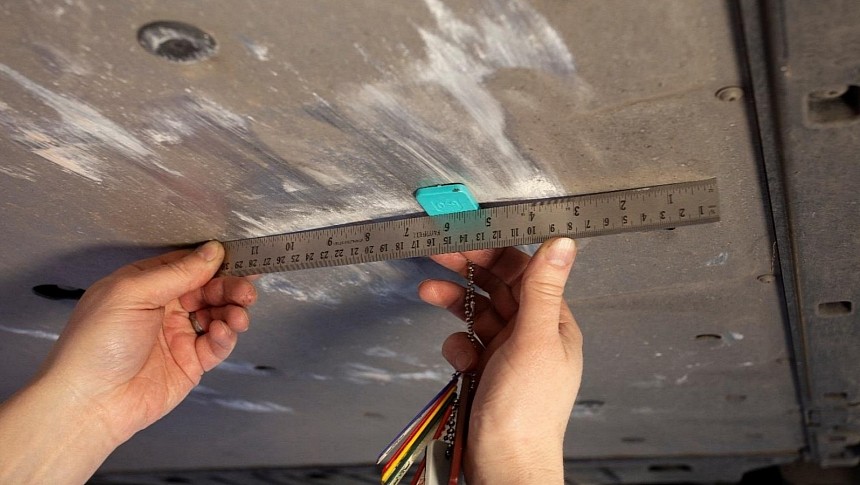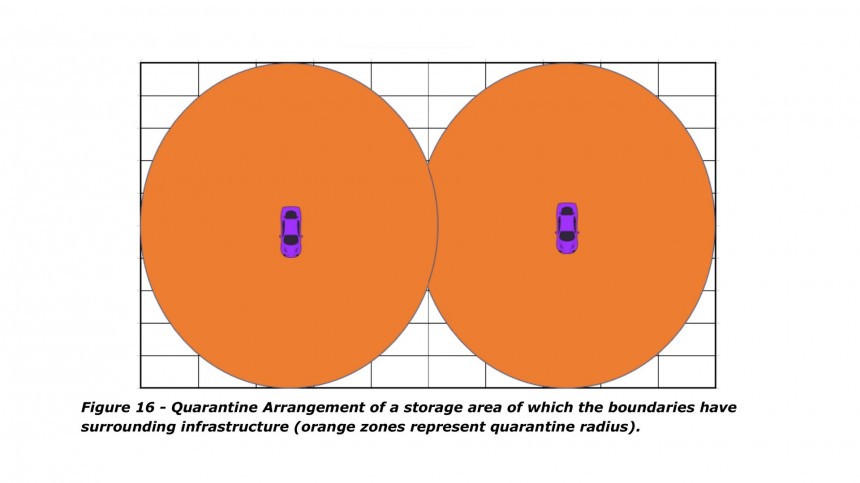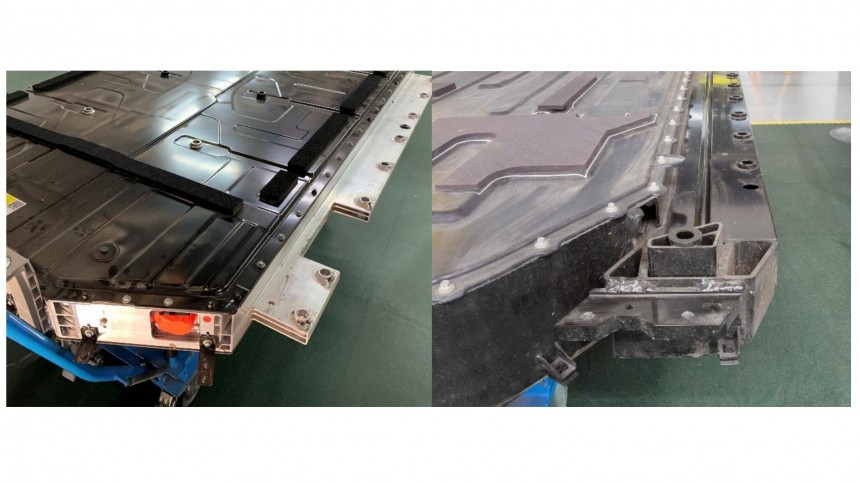In December 2022, I wrote about an investigation Thatcham Research would make about battery electric vehicle (BEV) repairability. The idea was to make it easier for insurance companies to deal with them without unnecessarily writing off these cars. The final report emerged this July; it confirms some concerns I have shared – if not all – in that story and many others I have written about battery packs: either they are repairable and feasibly replaceable or BEVs will turn into disposable cars.
Thatcham Research talks more than once about the "lifetime sustainability of BEVs." That does not seem to refer to how environmentally friendly these vehicles will be until biting the dust. The report's content suggests that it has more to do with how unsustainable their useful lives may be without urgent changes to how they are conceived.
The automotive risk intelligence company realized that BEV repairs are 25.5% more expensive on average than those in internal combustion-engined (ICE) vehicles. They also demand around 14% longer to fix, which has an interesting explanation. According to Thatcham Research, British government guidelines for crashed BEVs impose that they are stored for 48 hours in a quarantine area that is at least 15 meters away from anything else. That means that a storage area for only two BEVs would deal well with one hundred wrecked ICE vehicles if the parking had surrounding infrastructures. Without them, the parking could hold eight BEVs. That only begins to explain why BEV repairs are more expensive.
Any damage that affects the battery pack will demand them to be repaired or replaced. As most BEV makers do not have a plan for repair, the only option is to substitute them for another one. The automotive risk intelligence company evaluated that the prices of these battery packs range from £14,200 ($18,253 at the current exchange rate) to £29,500 ($37,921). The GMC Hummer EV and its massive battery pack are not for sale in the UK. If they were, the highest prices would probably be worse. Remember that the cheapest battery pack starts at the equivalent of almost $20,000, but it gets even more complex.
Thatcham Research reinforced that, while used BEV prices depreciate, battery pack values may increase or remain the same – in the best-case scenario. Imagine a vehicle that costs $40,000 with a $20,000 battery pack. When its price drops to $30,000 or even less, its high-voltage accumulator will still cost $20,000. This is what explains so many write-offs when the battery pack is affected. The automotive risk intelligence company said that "the cost of a replacement battery is more than the used price of the vehicle after only one year." Ouch! Again, the lifetime sustainability of such a vehicle is highly compromised.
The report made Thatcham Research come up with a series of suggestions to ensure that BEVs will not become impossible to insure. The most important one is an "investment in further cross-industry work to identify more detailed solutions and to make direct recommendations about a range of interventions or support to accelerate those solutions."
Checking the report, the recommendations are structured into three main topics, most of them based on "understanding needs." First, what BEV makers, repairers, insurers, and salvagers require to optimize the supply of battery pack replacements. Second, what companies willing to recycle, repurpose, and refurbish – guess what? – battery packs demand. The third main recommendation is the only one that does not focus on the BEV's main component. Still, you'll understand why it is indissociable from it: Thatcham Research wants an updated understanding of the life-cycle analysis of BEVs. This update should take "into consideration (the) total cost of ownership, battery life, insurance, and repair." There they are.
Reading between the lines, it is clear that the automotive risk intelligence company is putting battery packs front and center in its concerns. More than that, it seems it is trying to find a way to tell the British government everything that is involved with the push for electrified vehicles. The country is fighting to preserve the automotive industry it still has left, and all bets seem to be on BEVs. Thatcham Research reinforced it "continues to work closely with government and vehicle manufacturers to identify solutions to the issues raised by the report." Their root is battery packs.
The issue is whether the government will listen and if manufacturers will realize how urgent it is to make BEVs repairable should their high-voltage accumulators be affected in a crash. Insurance companies will only make the calculations and write off whatever is too expensive to repair. Eventually, they will also be too costly to insure.
Most automakers think that the only solution not to go out of business is to do precisely as Tesla is doing with these machines. With structural battery packs, things will get even more complicated: they are not repairable. Following the leader will seem to work in the short term. However, with implications that will only fully reveal themselves when the BEV fleet is already too big to prevent them, the path looks like a dead end. Thatcham Research is trying to point a way out before it is too late. Everyone involved should listen carefully.
The automotive risk intelligence company realized that BEV repairs are 25.5% more expensive on average than those in internal combustion-engined (ICE) vehicles. They also demand around 14% longer to fix, which has an interesting explanation. According to Thatcham Research, British government guidelines for crashed BEVs impose that they are stored for 48 hours in a quarantine area that is at least 15 meters away from anything else. That means that a storage area for only two BEVs would deal well with one hundred wrecked ICE vehicles if the parking had surrounding infrastructures. Without them, the parking could hold eight BEVs. That only begins to explain why BEV repairs are more expensive.
Any damage that affects the battery pack will demand them to be repaired or replaced. As most BEV makers do not have a plan for repair, the only option is to substitute them for another one. The automotive risk intelligence company evaluated that the prices of these battery packs range from £14,200 ($18,253 at the current exchange rate) to £29,500 ($37,921). The GMC Hummer EV and its massive battery pack are not for sale in the UK. If they were, the highest prices would probably be worse. Remember that the cheapest battery pack starts at the equivalent of almost $20,000, but it gets even more complex.
The report made Thatcham Research come up with a series of suggestions to ensure that BEVs will not become impossible to insure. The most important one is an "investment in further cross-industry work to identify more detailed solutions and to make direct recommendations about a range of interventions or support to accelerate those solutions."
Checking the report, the recommendations are structured into three main topics, most of them based on "understanding needs." First, what BEV makers, repairers, insurers, and salvagers require to optimize the supply of battery pack replacements. Second, what companies willing to recycle, repurpose, and refurbish – guess what? – battery packs demand. The third main recommendation is the only one that does not focus on the BEV's main component. Still, you'll understand why it is indissociable from it: Thatcham Research wants an updated understanding of the life-cycle analysis of BEVs. This update should take "into consideration (the) total cost of ownership, battery life, insurance, and repair." There they are.
The issue is whether the government will listen and if manufacturers will realize how urgent it is to make BEVs repairable should their high-voltage accumulators be affected in a crash. Insurance companies will only make the calculations and write off whatever is too expensive to repair. Eventually, they will also be too costly to insure.
Most automakers think that the only solution not to go out of business is to do precisely as Tesla is doing with these machines. With structural battery packs, things will get even more complicated: they are not repairable. Following the leader will seem to work in the short term. However, with implications that will only fully reveal themselves when the BEV fleet is already too big to prevent them, the path looks like a dead end. Thatcham Research is trying to point a way out before it is too late. Everyone involved should listen carefully.








